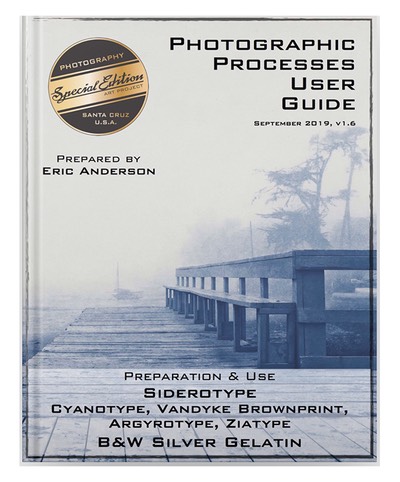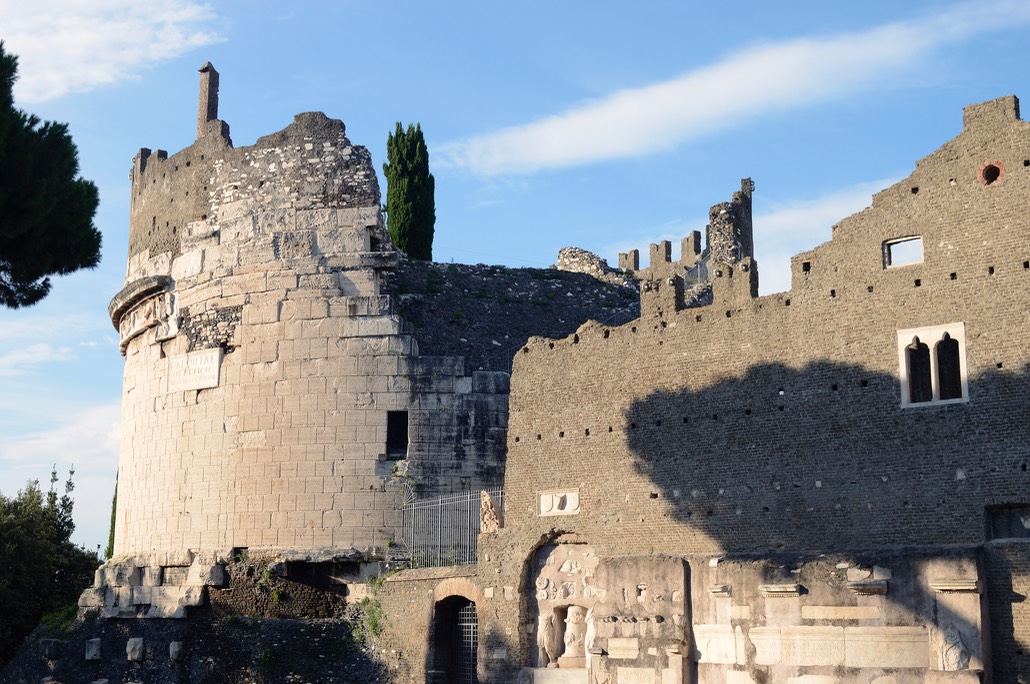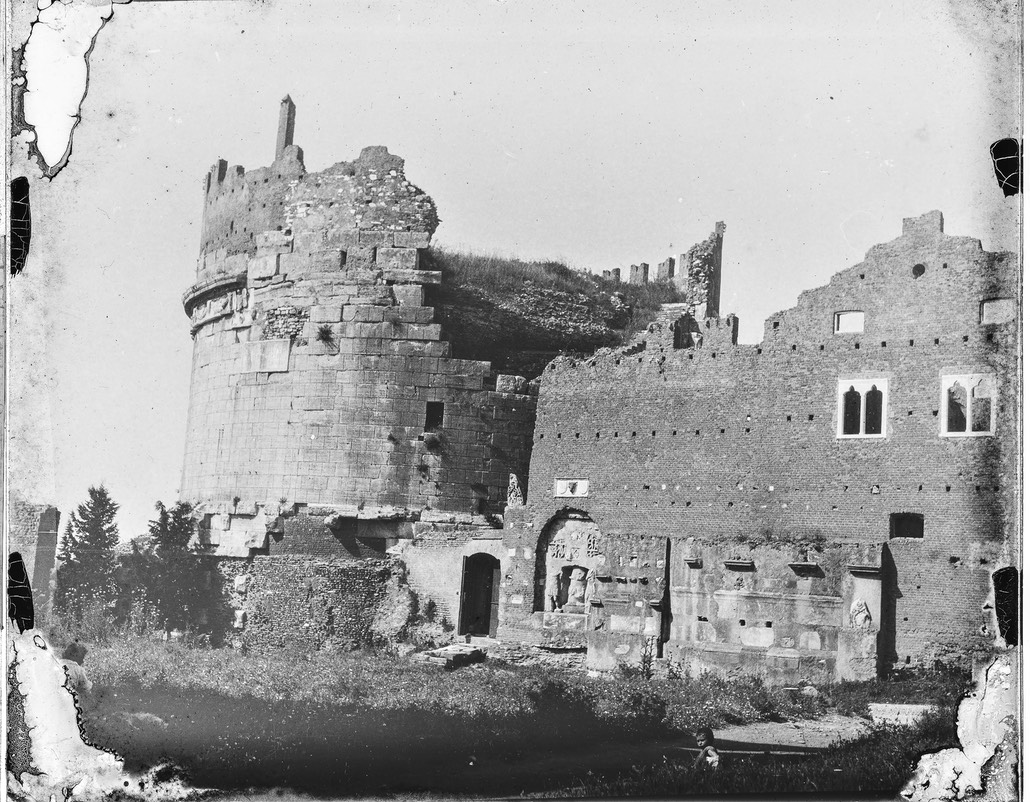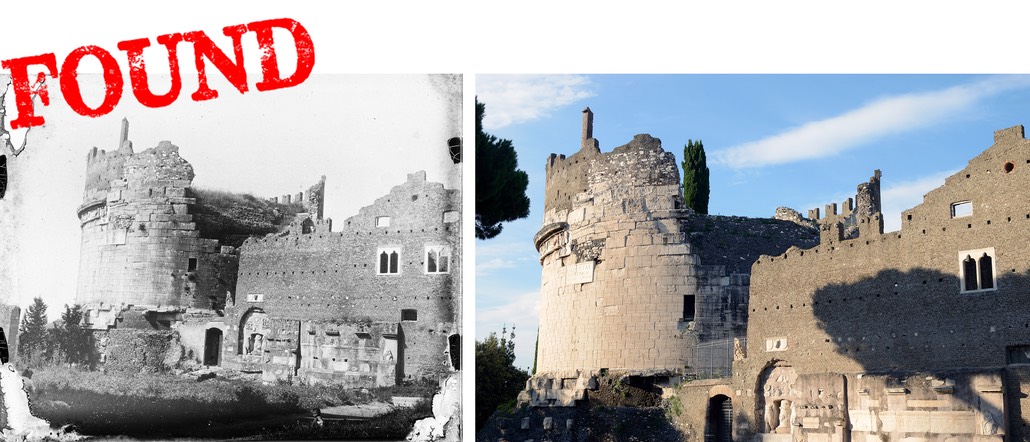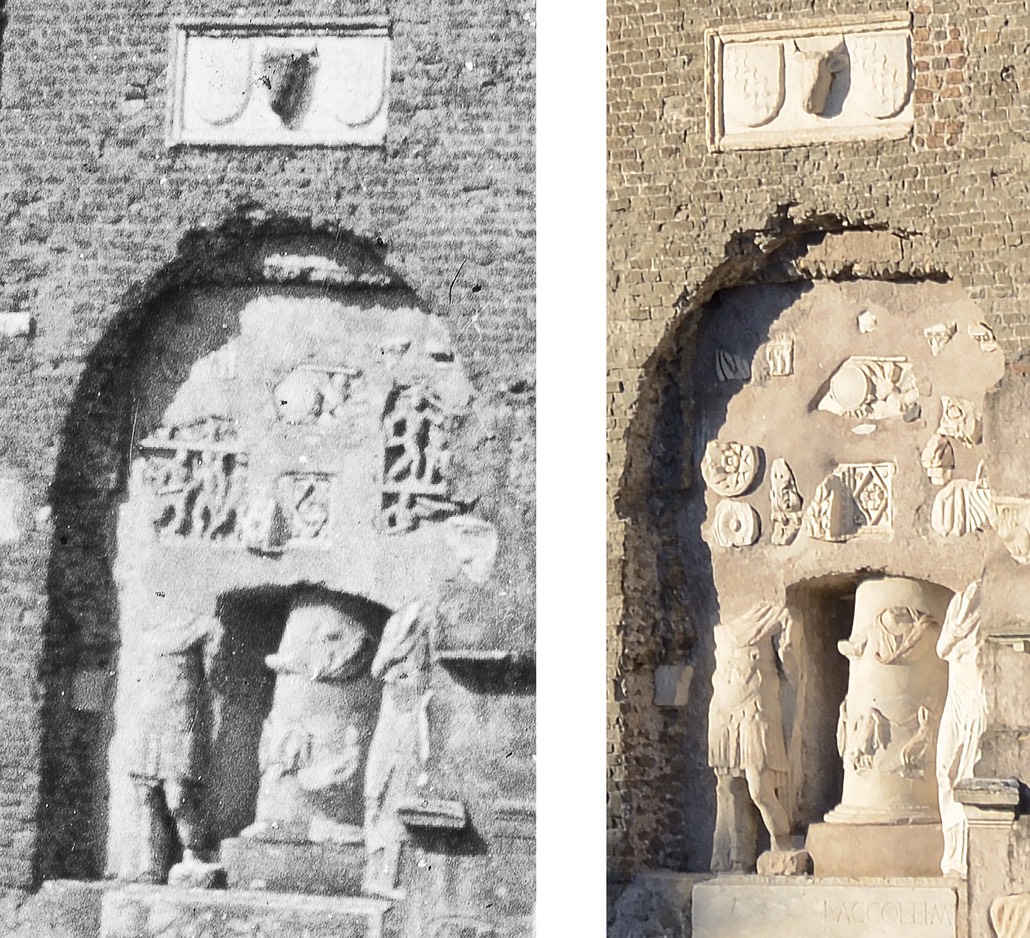Roman Cement: A fascinating article passed my way discussing the efficacy of 2000 year old Roman cement. A cement used for many things, notably the well preserved ancient Portus Cosanus sea walls of Orbetello and the (link)tomb of Caecilia Metella outside of Rome. There exists around the globe many different cements, made with many different techniques, using many different compounds. Japanese saltwater cement and the alien technology used at (link)Coral Castle come to mind, mostly the former and not so much the later. The remarkable discovery in this science article is that the Roman cement under study is self healing and becomes stronger with age under weathering elements that destroy most other classes of cement, including the well regarded Portland cement.
But this song isn’t about Alice, or cement. This essay is about the lede photograph in the (link)Ars Tenchnica article “Noblewoman’s tomb reveals new secrets of ancient Rome’s highly durable concrete”. The photograph in question is of “The Tomb of Caecilia Metella”, an ancient mausoleum located just outside downtown Rome built during the 1st century BCE. This is a very familiar photograph, with an interesting twist.
You see, this is the same image captured in 1921 / 1922 by our intrepid European travelers, Mr. & Mrs. True, on their post WWI photography tour. Our B&W glass lantern slide with this image has remained unidentified to us for years, only to be explicitly called out as the subject of a study on concrete. Who would have guessed. The mystery of our glass slide is now resolved and can be placed in the FOUND category of our photographic locations.
Looking closer, an interesting historic anomaly exists between these two photographs separated by a hundred years. On our investigations into this particular photograph we needed to discern left from right to understand the correct facing of the image. We did this by careful inspection of its littlest elements. As we could not make out the wording of the plaque on the cylindrical portion of the building, other than it looked ancient Roman, we needed other confirming elements.
Looking at the archway to the right of the left hand doorway, we see carvings of soldiers, Roman looking soldiers. These soldiers are attacking with their swords, and a Roman attack stance is with sword in the right hand. From this we know this image is correctly facing with the soldiers facing to the right. With that out of the way, we now have a correctly facing image of Roman provenance, but of what? Where? This is a case where if you know, you know. If you don’t, then, well, wait for a science article about Roman concrete.
The twist. Noting that we used the Roman soldier carvings as a guide to correctly facing the photograph, look closer at the modern photograph of the mausoleum of Caecilia Metella. The archway to the right of the left hand doorway is somehow different. The Roman soldiers have been replaced by pretty looking shells and whatnots. The tall statue of the soldier on the left seems to have lost his other leg and the elephant statue seems to have been, well, made a tad homogenized. All perhaps torture of the ages and upkeep on this historic place. Interesting change nonetheless. Except for the masonry work, standing strong in the test of time.
